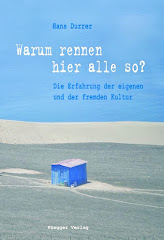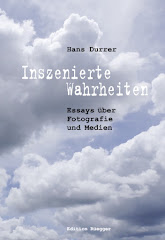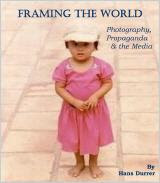This is a truly extraordinary book full of stunning and captivating photographs. There are no captions and for once I felt that they were really not needed. And that is rare for a work of photojournalism. "The basic unit of photojournalism", says Wilson Hicks of Life, "is one picture with words." For we want to know what we are looking at; and, furthermore, our curiosity demands information that a picture alone often cannot provide, as I have argued in Ways of Perception. Yet, in the case of Keiko, I know what I'm looking at: breaking up ships in Chittagong, Bangladesh.
Here's what the publisher lets me know: "Keiko is a story about a one-of-a-kind place and about the people who shape it. The artist documented the work and lives of shipbreakers in Chittagong, the second-largest city in Bangladesh, where thirty to forty percent of the seven hundred ocean-going ships taken out of service every year are scrapped. The book reminds us that despite the progress of civilization, work can still be a physical challenge that may provide a livelihood but at the same time robs people of any scope to change the status quo."
Here's what the publisher lets me know: "Keiko is a story about a one-of-a-kind place and about the people who shape it. The artist documented the work and lives of shipbreakers in Chittagong, the second-largest city in Bangladesh, where thirty to forty percent of the seven hundred ocean-going ships taken out of service every year are scrapped. The book reminds us that despite the progress of civilization, work can still be a physical challenge that may provide a livelihood but at the same time robs people of any scope to change the status quo."
A quote by Henry David Thoreau introduces this extraordinary tome: "We must be refreshed by the sight of the inexhaustible vigor, vast and titanic features, the sea-coast with its wrecks, the wilderness with its living and its decaying trees, the thunder-cloud, and the rain." That captures well the sensations that I went through when spending time with this book, there was however also the human element that left its mark on me.
Witold Szablowski tells the worker's stories. "They get up early each morning ... They drink a can of cheap energy drink with a Bengal tiger on its packaging, then put on their sandals, a shirt or a T-shirt, some loose cotton trousers or the skirt kown as lungi. 'Nothing that restricts movements', one of them explains. 'Our works puts us in permanent danger. You must be quick and agile, like a monkey.'"


Tomasz Gudzowaty, an exceptionally gifted framer, was born in 1971 in Warsaw. What comes to mind when looking at his photos of Keiko are the the pics of Sebastião Salgado. Like Salgado's pics, the photographs of Keiko make visible a world that I had no clue existed. I've so far never imagined that human beings were involved in breaking up ships, in fact, I've never really thought about it. By showing me the gigantic tasks that these workers have to daily perform, Gudzowaty's photographs, although the men portrayed are anonymous, make me feel these workers, and understand their humanness.
Tomasz Gudzowaty
KEIKO
Hatje Cantz, Ostfildern 2012





















No comments:
Post a Comment